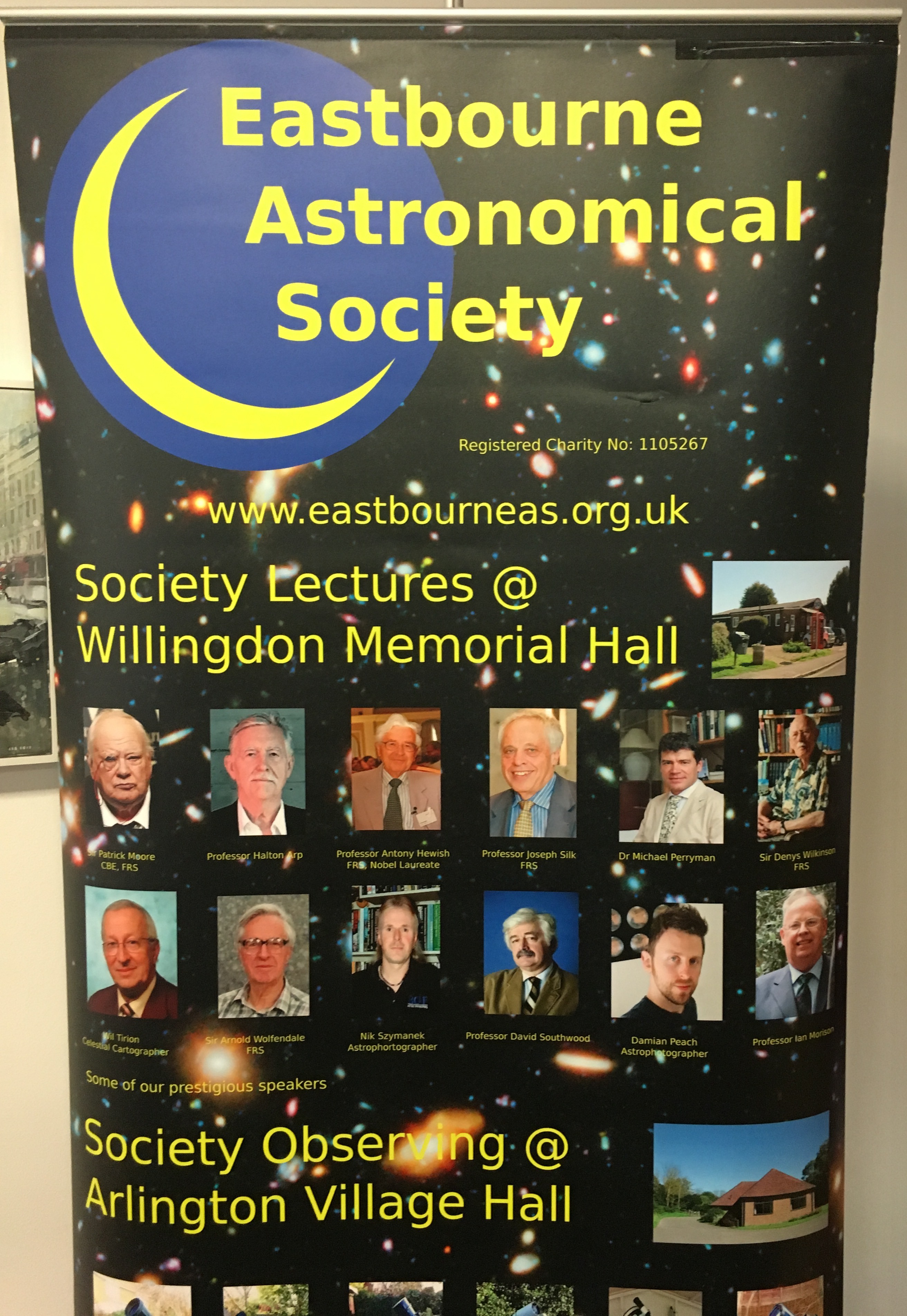Planets in our solar system and beyond
James Dawson writes about a one-day Meeting of the British Astronomical Association in Eastbourne
James Dawson writes about a one-day Meeting of the British Astronomical Association in Eastbourne

Our hosts, Eastbourne Astronomical Society
Image Credit: BAA
James Dawson writes about a one-day Meeting of the British Astronomical Association in Eastbourne
A one-day meeting of the British Astronomical Association (BAA) was held on Saturday 29th April 2017 Eastbourne. The theme of the day was "planets in our solar system and beyond" and was a great success and attended by well over 100 delegates. The event was organised in conjunction with Eastbourne Astronomical Society and hosted in The Birley Centre, which offered us excellent facilities for both the talks and for socialising between speakers. The day was chaired by Dr Jeremy Shears FRAS, the BAA's President.
The speakers were:
All the speakers gave unique and up-to-date accounts on their topics, though the talk which stood out to me was the one by Mike Foulkes, the BAA's Saturn, Uranus and Neptune Section Director. Mike summarised the fascinating history of our observations of Saturn, from the times of Galileo to images from the Cassini spacecraft taken just hours before his talk. The contribution the amateur astronomer has made in helping understand the surface features of this gas giant was central to the presentation, in particular the apparent cyclical appearance and evolution of spots mostly in the northern hemisphere, as well as the hexagonal weather pattern at the planet's northern pole. Mike showed a number of observations amateurs had captured and talked briefly about the methods they are using to image this planet. This talk in particular has inspired me to get my telescope out again.
It was great to see so many amateur and professional astronomers at the event and listening about the collaborations being undertaken and planned. It was also great to explore Eastbourne and catch up with friends; I can also highly recommend the Harry Ramsden Restaurant on the sea front.
James Dawson FRCA FRAS
BAA Website Operations Team
If you would like to submit an article to A&G Forum then please go here.